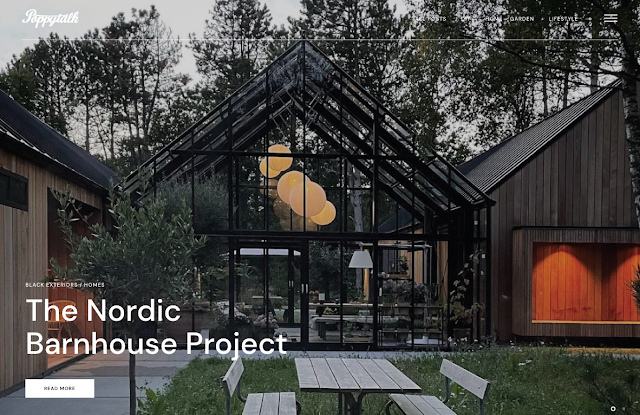I have been really getting into natural dyes lately, you can see and participate in some vegetable dye experiments of your own in the latest Action Pack which has an Easter Supplement and some Egg-speriments in natural dyeing. Lots and lots of fun. The kids and I were so excited doing this project for the current issue of the Action Pack (only $5 fo 30 pages of activities and great family fun) and even yummier we got to eat the results because it was all natural!
After reading The Handbook of Natural Dyes I got all excited to try some of the same dye experiments on wool and I made a table runner with the results - its is so pretty and easy too.
Dye some wool:
I used a cream coloured woolen skirt which I picked up at a second hand clothing shop, I washed and felted it in the washing machine and then deconstructed it, discarding seams and the waistband and keeping everything else. I then cut it up into largish squarish pieces ready for my dye experiments.
- Soak your wool in warm soapy water and rinse.
- Chop up your vegetables: 1 beetroot chopped into cubes, 1/2 a red cabbage roughly sliced, the outer peel from 8 red onions.
- Divide the red cabbage into 2 lots - add 2 tablespoons of vinegar to one half and 2 tablespoons of salt to the other half - put into separate saucepans and cover with water. Add your onion skins to a pot and cover with water and do the same for the beetroot. Bring to the boil and then reduce to a simmer.
- Add your sample wool squares to the pots, and let simmer for 30 minutes. After you turn off the heat, let the wool sit in the water for longer for a more intense colour.
- Rinse out your wool in lightly soapy cold water until the water runs clear - then rinse and hang out to dry.
- I love the results - the Cabbage with salt makes a blue colour while with vinegar it turns pink/mauve. And the onion was amazing - what a rich colour, the beetroot was surprising - giving a golden colour - maybe I should have added vinegar? But I loved the results.
- Use a notebook to jot down all the results and keep samples of your results so you repeat them if you liked them next time.
Make your table runner:
I used all my beautiful samples and sewed them in a row to create a table runner. You could make a skirt -what a beautiful skirt - or even a blanket if you had enough samples. Or else save them for smaller projects - toys maybe? I sewed the samples together using a french seam which I then sewed down to create a double sided and very sturdy fabric. I kept the edges raw, and used some hand dyed embroidery thread and a simple running stitch in places. Adding some hand stitched elements makes this design even more special.
- Sew your edges together with a straight stitch.
- Trim the seam allowance.
- Press and fold to enclose the raw seam, sew another line of straight stitches.
- Press toward one side, then use a zigzag to stitch the seam down.
- Do this as you attach all the pieces.
- Press the entire piece.
- Add hand stitched elements as desired.
Whip Up was founded in 2006 by Kathreen Ricketson. Kathreen is the author of Whip Up Mini Quilts (Chronicle 2010). You can see her author profile and a bit about the book here and here. She also will have another book coming out late 2011. Whipup.net is a community of artists, crafters and makers who share ideas in a central space bringing the best original and exciting crafts to the attention of many.
flickr










9 comments:
The colors of the natural dies are amazing and perfect for Spring!! As soon as I can find the time, I would love to try this out!!
Cheers,
Karen
www.rubytuesdayfashionanddesign.blogspot.com
Anxious to try this! What other fabrics would work well with this technique? I want to make a simple quilt, but wool would be too heavy to use it as a spring/summer blanket.
Thanks!!
I'd love to do this. Can you actually wash the fabrics after ? or will the colour bleed ?
Thanks for sharing - wonderful !
cheers,
Susanne
Love this! Did you have to use a mordant with these natural dyes?
Thank you everyone for your interest and questions. I believe Kathreen is away this weekend - so I will email her to answer your questions upon her return!
These colors are absolutely gorgeous! I can't wait to try this!
I want to try this as so as I can!!
Thanks everyone. To answer some questions:
- I did not use any mordants with this project.
- Yes the project can be washed - gentle wash - and the colours are colour fast.
- You can do this with cotton - but the fabric colour will not be as rich or deep - you will need mordants with cotton so it soaks up more colour.
- If you want to make a quilt from wool - you should, just skip the wadding and it makes for a wonderfully snuggly blanket.
cheers everyone
Kathreen
A good resource of natural dyes from plants is this link: http://www.pioneerthinking.com/naturaldyes.html
Post a Comment